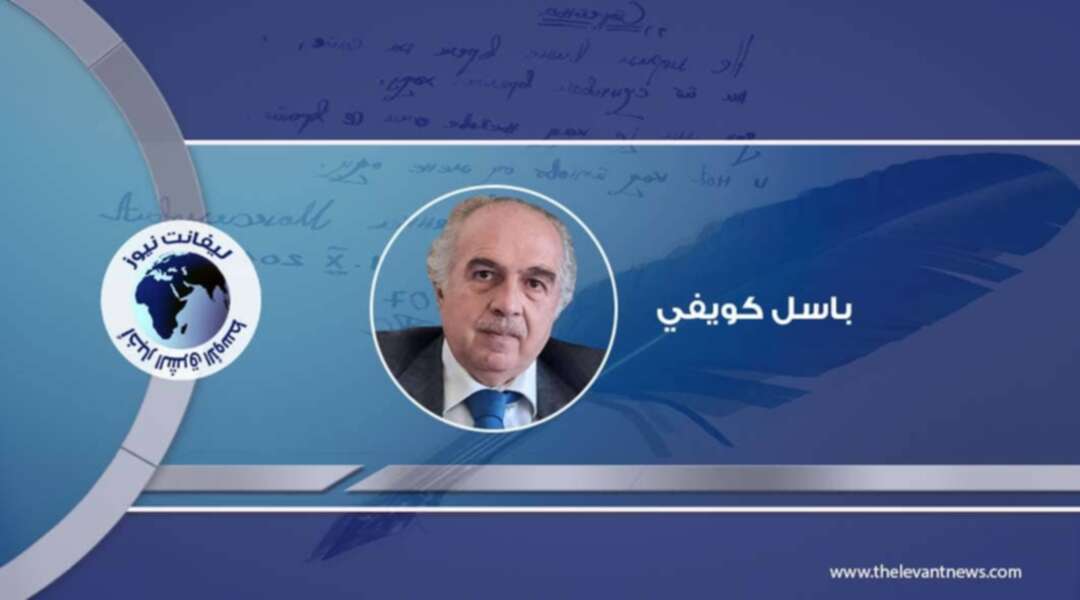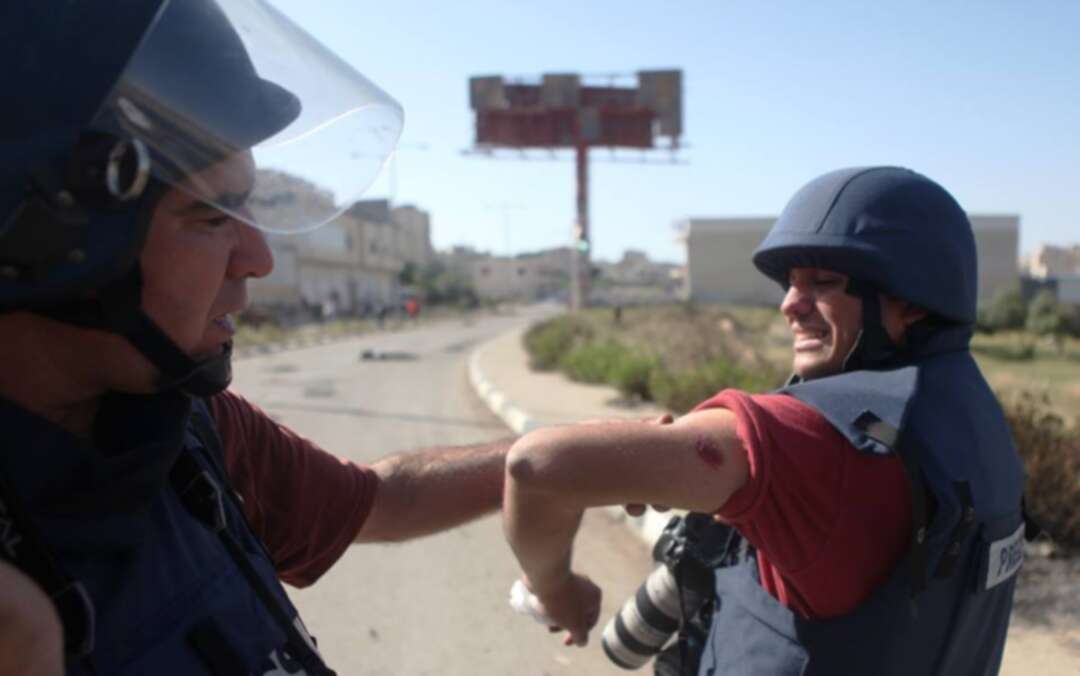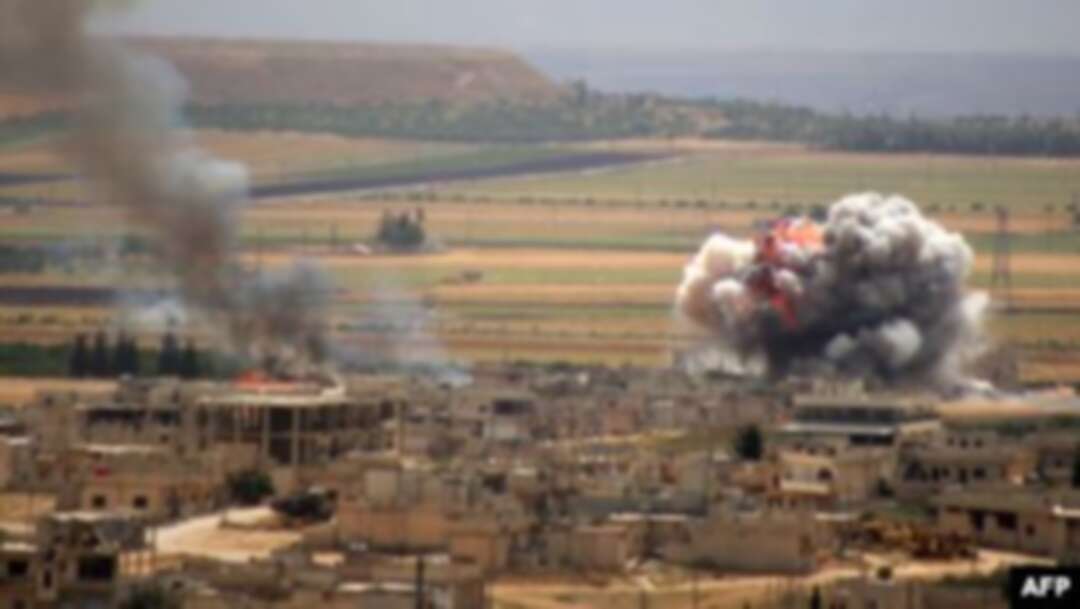-
ISIS Resurgent?

The incredible ascent of ISIS as a geopolitical actor and terror group without peers was thought to have met its bitter end in the final battles for holdouts across Syria and Iraq. The legacy of rubble and detention camps was what many hoped was all the remained of those who fought under the black flag. However, events in Hasakah over the past week have suddenly given a stark example of what many feared; that whilst battles against ISIS had been won, the war is not finished.
The major, coordinated and complex attack on Guweiran prison is a multi-layered narrative that has yet to come to a conclusion but still tells us much as to the state of ISIS in the region and its current strategy. Attacking prisons is by no means a new tactic adopted by ISIS or indeed other non-state groups across the globe. Tactically such attacks place huge pressure on security forces whose primary role is to keep dangerous men inside a prison rather stop armed actors attacking from outside. What is more if the attacks are successful then suddenly the size of the attacking force is multiplied when former prisoners join their ranks.
In this instance they targeted the largest ISIS-designated prison in NE Syria, which held several thousand adult males and 700 children, a perfect combination of reinforcements and human shields. The attack struck against all sides of the prison and a simultaneous bombing of a nearby SDF facility sowed confusion and the chaos of the moment. Fighting metastasized over several days with over 100 dead and panic forcing the displacement of tens of thousands of Syrians. Entire neighbourhoods have suddenly emptied, despite the harsh winter in the area, a reminder of the fear that the group inspires as well as the intensity of the fighting.
The US-led Coalition, which was almost disbanded by former President Trump in light of the ISIS ‘defeat’ three years ago, provided air and ground support which was likely a vital component in the SDF being able to reassert control over events. At the time of writing the situation remains fluid with no confirmation that all prisoners and attackers are accounted for. Analysts have been quick to describe the events as evidence of a ‘resurgence’ of ISIS with ramifications for the geopolitics of the region and beyond.
The ambition and capacity of what remains of ISIS is clearly a threat that the SDF cannot handle easily by themselves. Yet the continued purgatory of the detention of thousands of fighters and their families, many of whom come from countries across the globe, cannot be an issue that the Kurdish administration are left to handle on their own. If ISIS had been successful at releasing thousands of their fighters, the scenarios and prospects for a renewed crescendo of violence is clear for all to see.
Let us not forget that ISIS grew out of a "Breaking the Walls" campaign of prison breaks in Iraq back in 2012. The planning that has gone into this most recent attack continues to speak to the levels of organisation that it maintains. According to the SDF it involved not only the forces involved in the direct attacks but also sleeper cells, suicide bombers and an insurrection inside the prison. All these assets would have required weapons to be maintained, supply caches to be kept stocked, training camps to operate, and safe houses for fighters and commanders to retreat to in central Syria.
SDF losses in this period of action have not been light and the damage to the physical prison infrastructure appears extensive. All this points to the need of the US-led Coalition to review not only the capabilities of ISIS but more importantly what their plans are to counter them better. Prisons will need to be rebuilt and improved, SDF forces replenished and trained but ultimately the question as to the long-term future of these detainees and their families has to be better grasped and owned. Considering how the prisons act as a rallying point and strategic objectives for ISIS there is an even stronger argument than before to disperse many of the fighters back to the fifty of so countries they’re originally from in order to face justice. The tension in Ukraine, however, is currently dominating the world's bandwidth making even the resurgence of ISIS a sidebar story.

BY: James Denselow
You May Also Like
Popular Posts
Caricature
NATO Secretary-General Ex...
- November 7, 2024
Amid growing anxiety among several European countries participating in NATO over Donald Trump's victory in the U.S. presidential election, NATO Secretary-General Mark Rutte stated he looks forward to sitting down with Trump.
Upon arriving to participate in the summit of the European Political Community, which includes around forty heads of state in Budapest, he said, "I look forward to sitting with the elected U.S. president and seeing how we will collectively ensure we meet challenges, including the threats from Russia and North Korea." He also noted that the strengthening of ties between Russia and North Korea poses a threat to the United States as well, according to reports from Agence France-Presse.
Before Trump's victory, Rutte expressed confidence that a united Washington would remain part of the defensive alliance, even if Trump became the 47th president of the United States. In an interview with German public broadcaster ZDF last Monday night, he stated that both Republicans and Democrats understand that NATO serves not only the security of Europe but also that of America. He added that both candidates are aware that the security of the United States is closely tied to NATO.
On Wednesday, NATO congratulated Trump on his victory but did not address the Ukrainian issue.
It is noteworthy that the relationship between the elected U.S. president and the defense alliance was not the best during his first term in the White House. Trump criticized NATO member states multiple times and even hinted at withdrawing from the alliance unless they increased their financial contributions.
Additionally, the issue of the Russian-Ukrainian war is one of the matters that complicate relations between the two sides, especially since Trump has repeatedly stated that he can end this ongoing conflict, which began in 2022, quickly. He implied that he had a peace plan between Kyiv and Moscow, while his vice president, JD Vance, revealed aspects of that plan, which stipulated Ukraine's commitment not to join NATO, thereby sending reassuring signals to the Russians.
Furthermore, many NATO member states in Europe fear that Trump might halt military aid to Ukraine after he previously criticized the U.S. for pouring funds into supporting Ukrainian President Volodymyr Zelensky.
opinion
Report
ads
Newsletter
Subscribe to our mailing list to get the new updates!




















